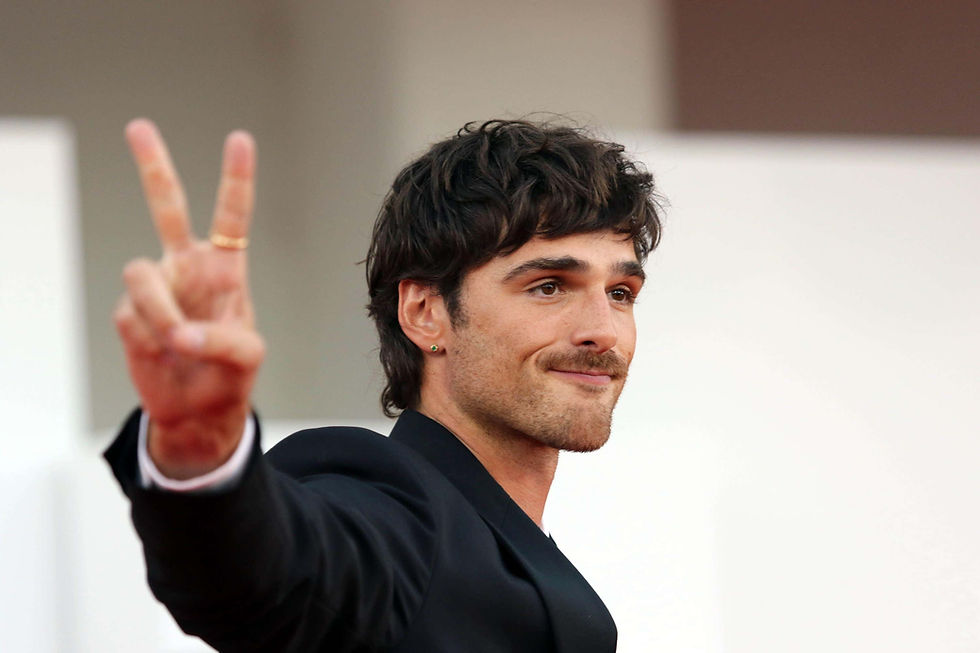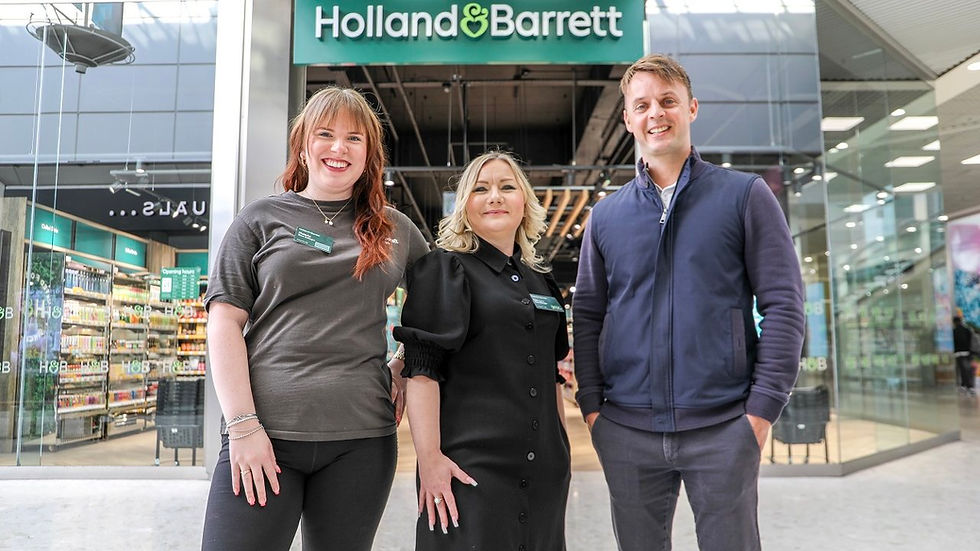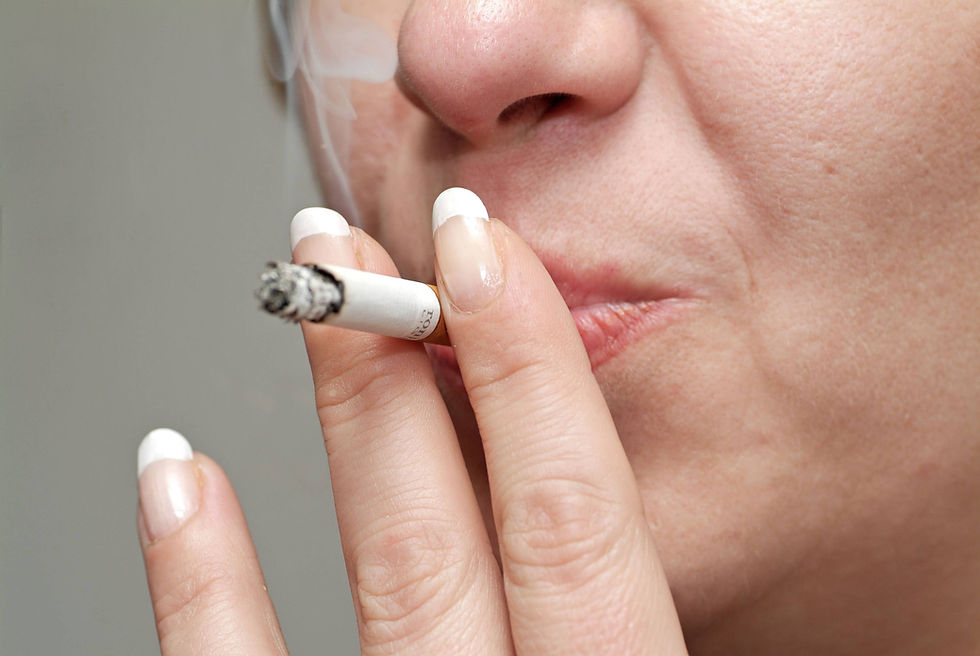Louise Minchin: Raynaud’s makes my hands and feet go white
- ontargetmedia8
- Jun 28, 2023
- 4 min read
The former BBC Breakfast presenter has learned how to deal with numbness during her freezing adventures. By Hannah Stephenson.

For someone who has Raynaud’s (a disorder that causes decreased blood flow to some body areas), TV presenter Louise Minchin doesn’t shy away from icy pursuits. She has swum in freezing waters, had hypothermia up mountains and endured many challenges in really cold conditions.
In her latest book, Fearless, she joins a diverse range of trailblazing women to take part in extreme challenges, including free-diving under ice, wild caving and mountain-climbing in dangerously wet conditions, and braved the freezing waters swimming from Alcatraz to San Francisco mainland.
“I should have gone to the desert,” the broadcaster and writer says, laughing. “I’ve had it (Raynaud’s) my whole life and it’s just something I’ve learned to live with. When I was in (the sea off) Alcatraz I swam with completely numb hands. I can manage it but it’s not always a joyful experience for me being in the cold.”
The former BBC Breakfast presenter, who lives in Chester with her husband David, with whom she has two daughters, Mia, 21 and Scarlett, 18, left the show in 2021 but hasn’t given up daring pursuits.
At the age of 45, she was inspired to take up triathlon after a BBC Breakfast challenge and three years later represented her age group in the World and European Championships.
Despite what she calls ‘dodgy’ knees and her Raynaud’s, she remains an adrenaline junkie, she admits.
When were you diagnosed with Raynaud’s?
“I knew I had cold fingers but I was diagnosed in the middle of Covid. I talked to my doctor about it and he told me I should go to see a rheumatologist. There can be other health issues related to Raynaud’s which I don’t have, thankfully. But I did see someone about it.”
Does it stop you doing anything?
“It doesn’t stop me doing anything. I’m 54 and my hands and feet will go numb in the supermarket. I’m literally in the frozen peas aisle and my hands and feet will go white.
“But I like cold water swimming. What makes a difference to me is if I wear gloves and boots. But I’m not on medication for it. I just try and deal with it.”
What was the scariest cold experience during your challenges for the book?
“I was on a fast-track to hypothermia up Snowdon,” she reveals. “I’ve been up Snowdon before, because it’s not far from where I live. On a fair day, it’s a long walk but it’s not difficult or technical.
“I made a rookie error where I’d got all of the kit, I was half way up and it started to rain. I asked someone, ‘Do you think I should stop on put waterproofs on?’ and they said, ‘Oh no, it’s just a passing shower’ but it wasn’t.
“It got to the point in the path where you can’t stop, you just need to keep going up. It was so rainy, and so slippery, and by the time I got to the top I was absolutely soaked through. It was very cold and windy. I’ve had hypothermia before and I know how frightening it can feel.”
She quickly got herself out of her wet clothes and got down the mountain where she warmed up about an hour later.
“God forbid somebody having to rescue me because you don’t ever want anybody else to be in danger because you’ve made a silly mistake.”
Are you an adrenaline junkie?

“I like adrenaline. My job was full of adrenaline – live in front of six million people and I know I get an adrenaline high from things. I like being a little bit scared. But I like the achievement of having done tough things.”
How do you look after your mental health?
“Doing the exercise and sport is my solace, my safe space. It started with work – that was always the place where I didn’t have to be on the phone, or looking at Twitter. It gave me a place away from the busyness of life, so for me, sport is really important to not just my physical health but my mental health as well.
“If I’m swimming in the sea in the freezing cold, nobody can touch me apart from the lifeguard or somebody else who’s in the sea and that’s a relief to me. I like having quiet spaces that I can just be myself.”
How much exercise do you do every week?
“Probably six or seven hours a week, so nearly every day. I’m a triathlete at heart so I do a couple of swims a week, a couple of bike rides a week, a couple of runs a week. I exhaust myself even talking about it!
“Having had a couple of injuries (she broke a bone in her foot and snapped an ankle ligament in training for a triathlon), and being my age, I’m trying to do more strength and conditioning and doing weights which I never used to be able to do.
“I’d be so intimidated going into the gym where they’ve got all the big weights but now I go in there, because to be able to keep moving into my late 50s, 60s, 70s and 80s, is really important.”
How have your injuries affected you?
“I had knee surgery last July. I had a bone spur on the back of my (right) kneecap. I don’t know how it happened. I think it’s just wear and tear. My knees are a bit dodgy anyway. They just cleaned it out and took out the bone spur and it’s so much better.
She ran the London Marathon this year but reflects: “The injury definitely affected me in certain challenges. For example, there’s an amazing endurance runner who does 24-hour races around tracks and I really wanted to run with her, but I just couldn’t.
“But it pushed me in a good way in different directions, to do lots of different things that I wouldn’t have done, like indoor climbing.”

Fearless: Adventures With Extraordinary Women by Louise Minchin is published by Bloomsbury Sport, priced £18.99. Available now










